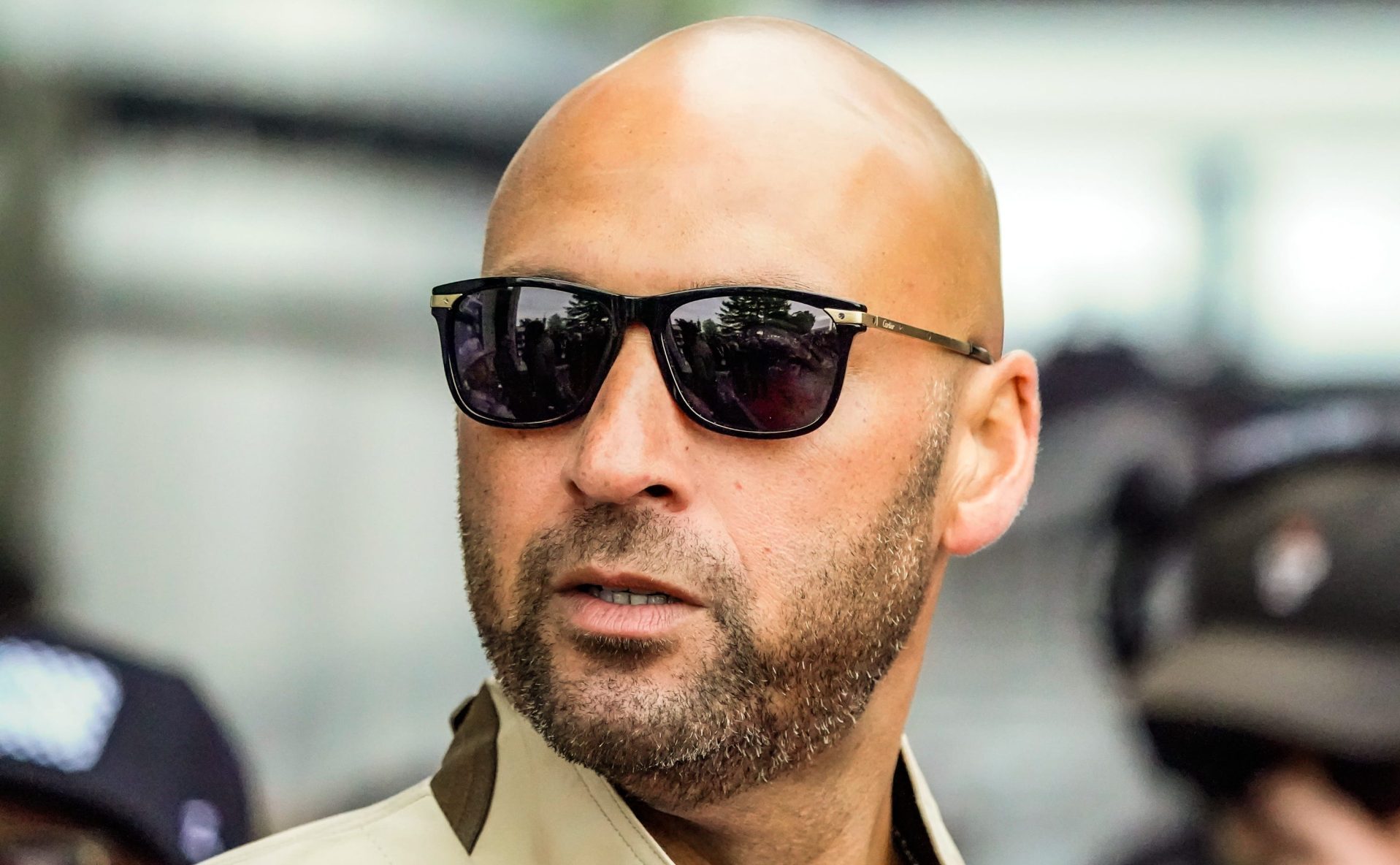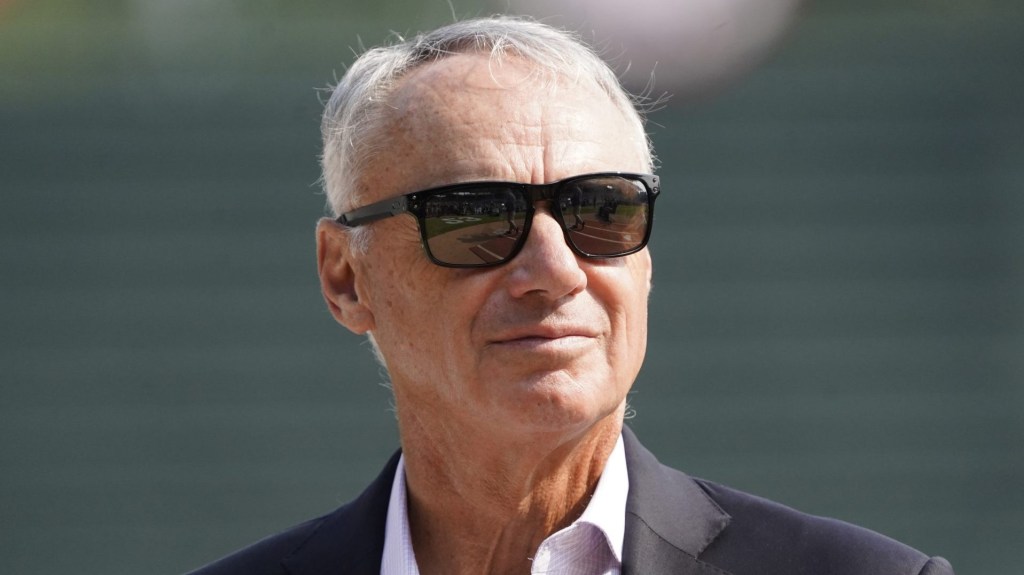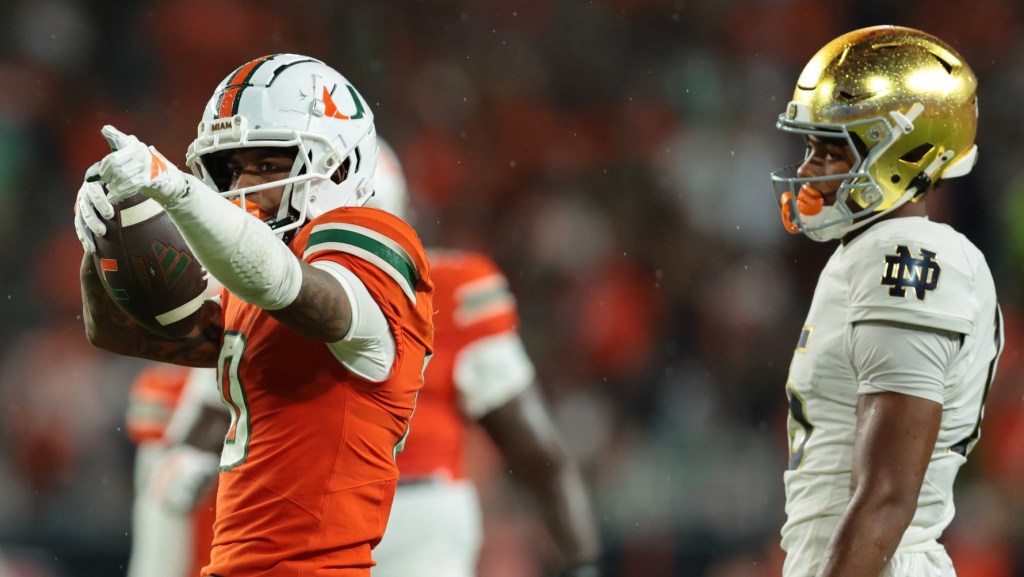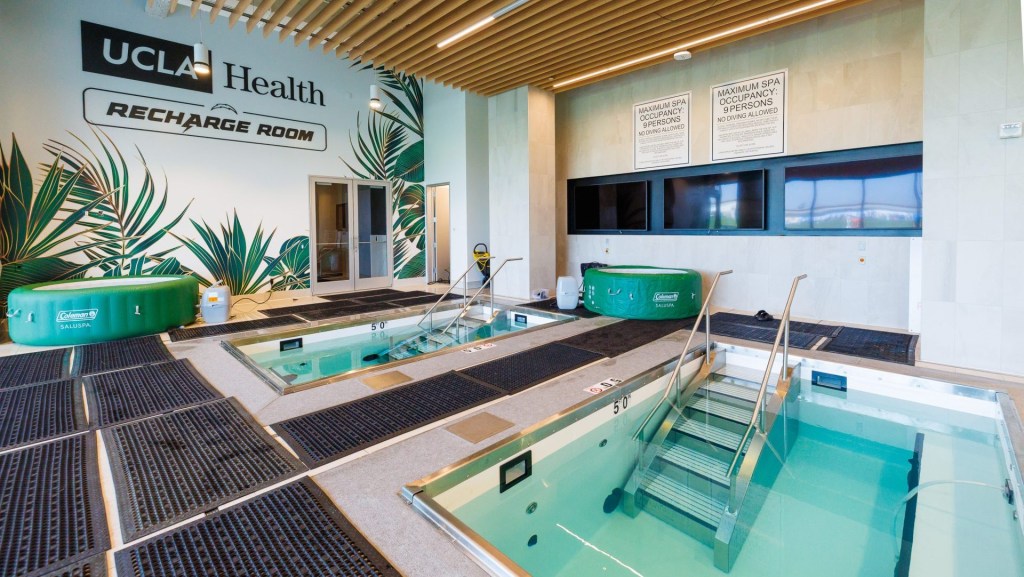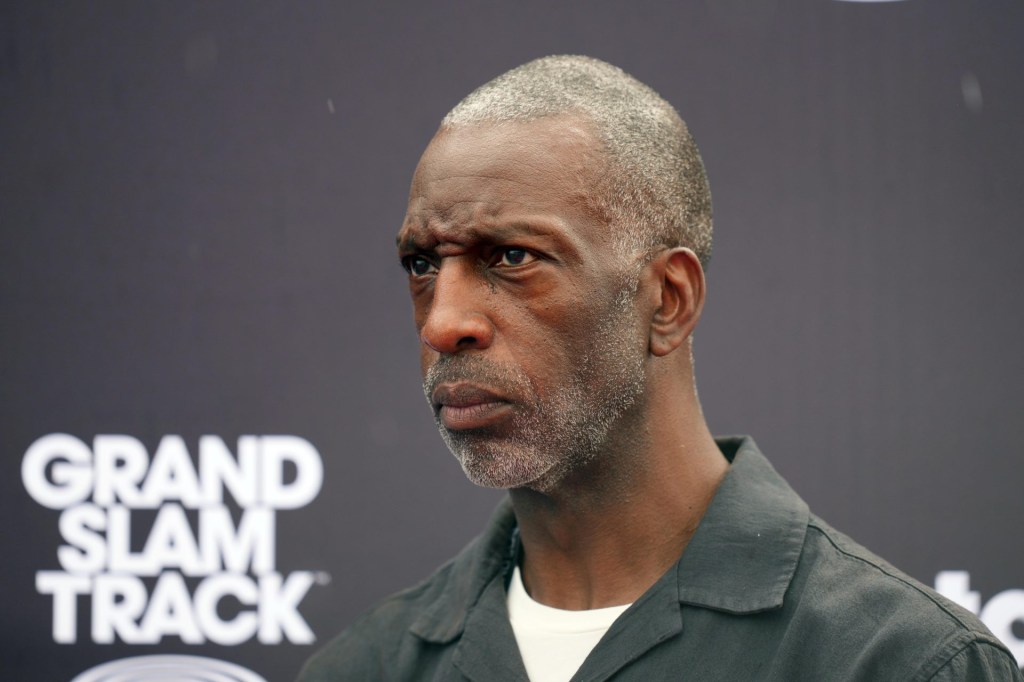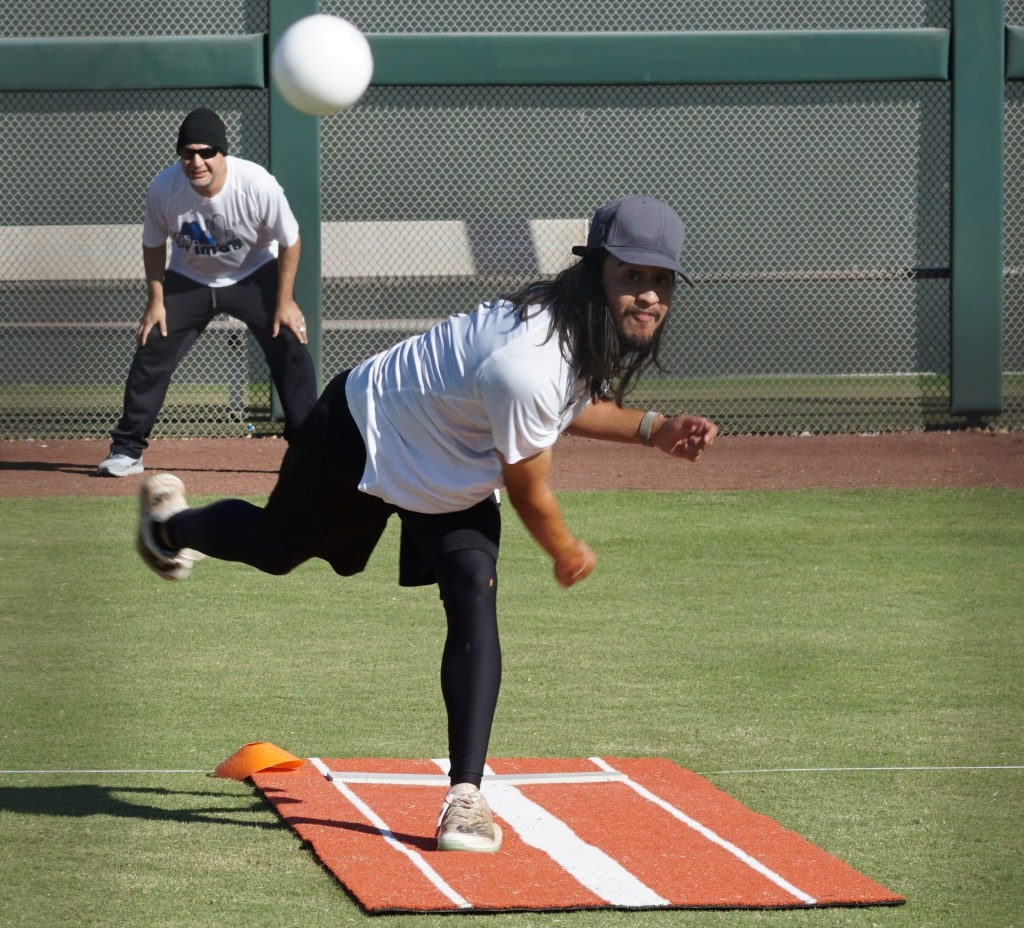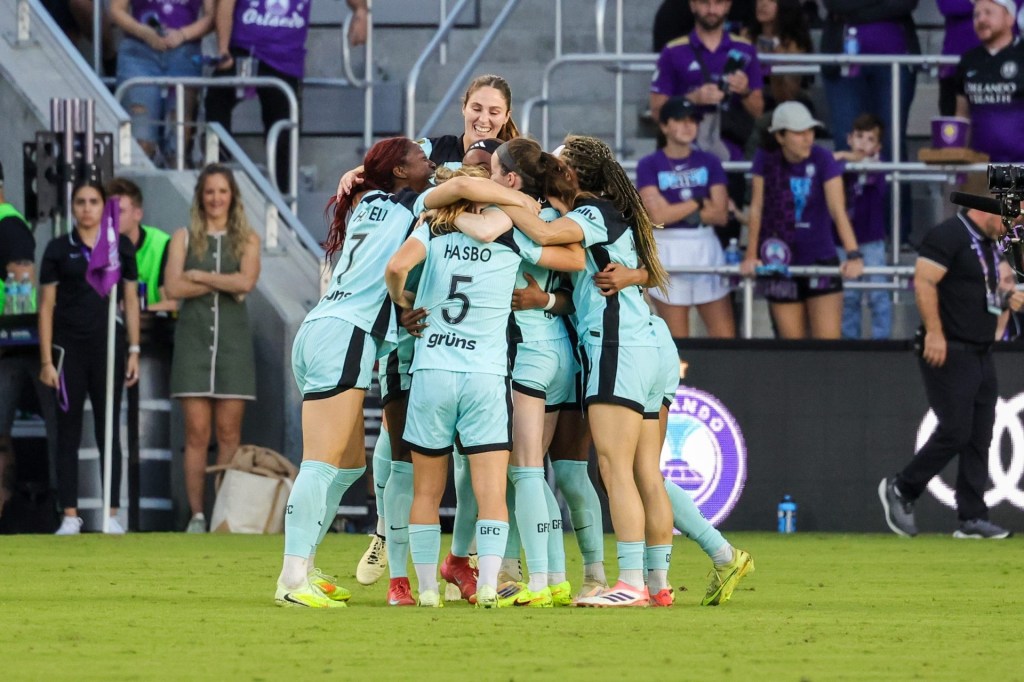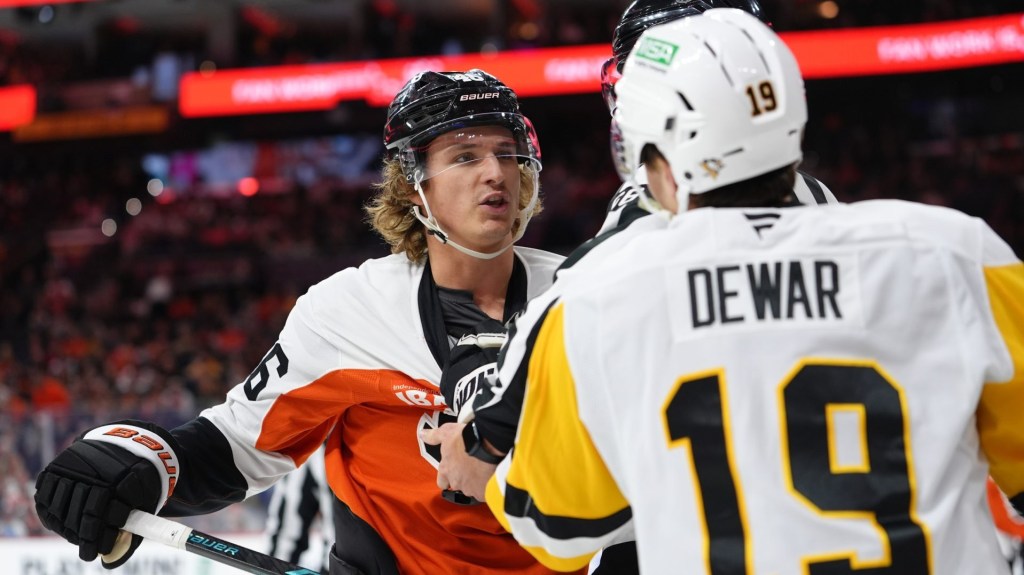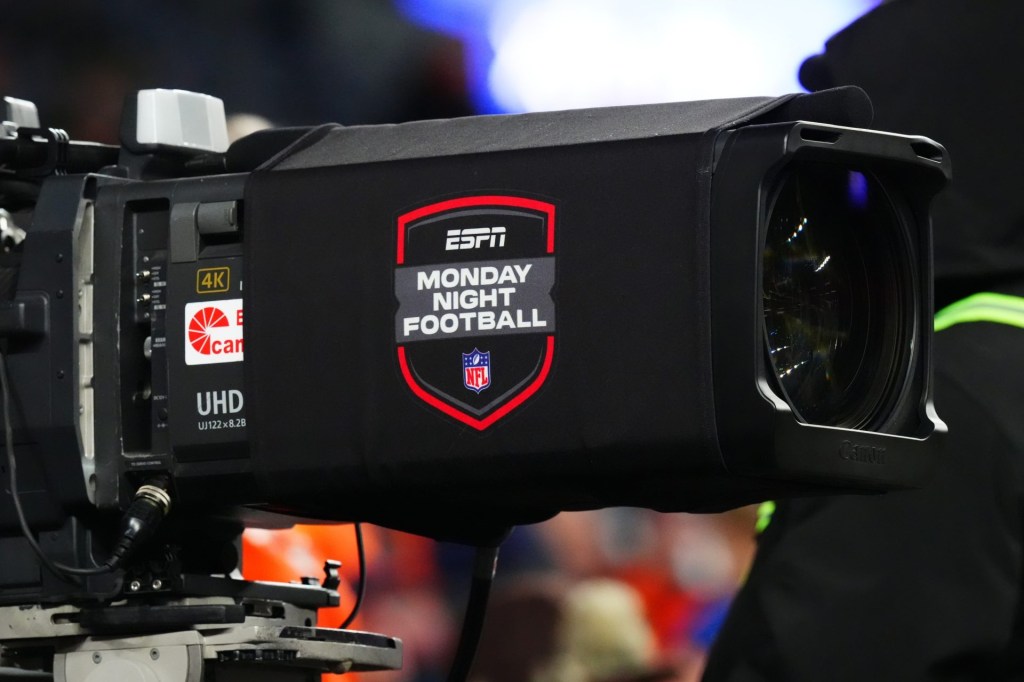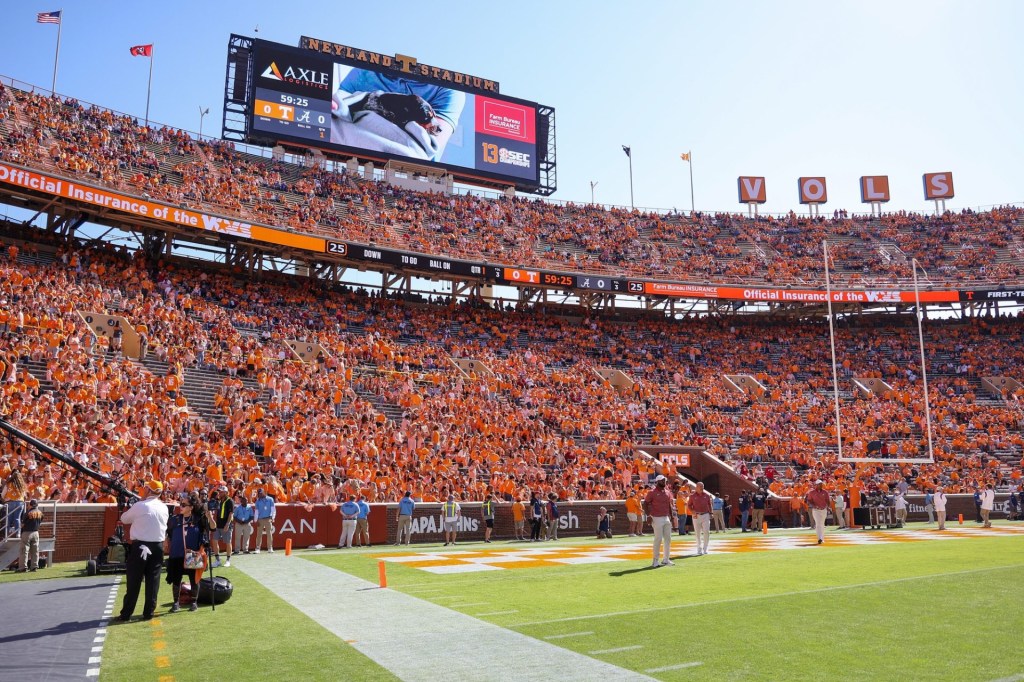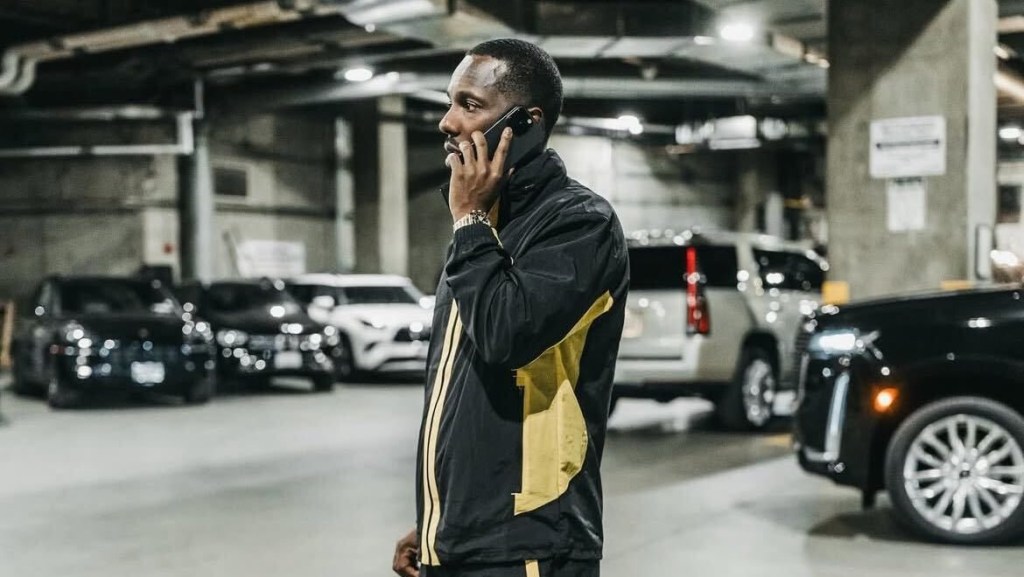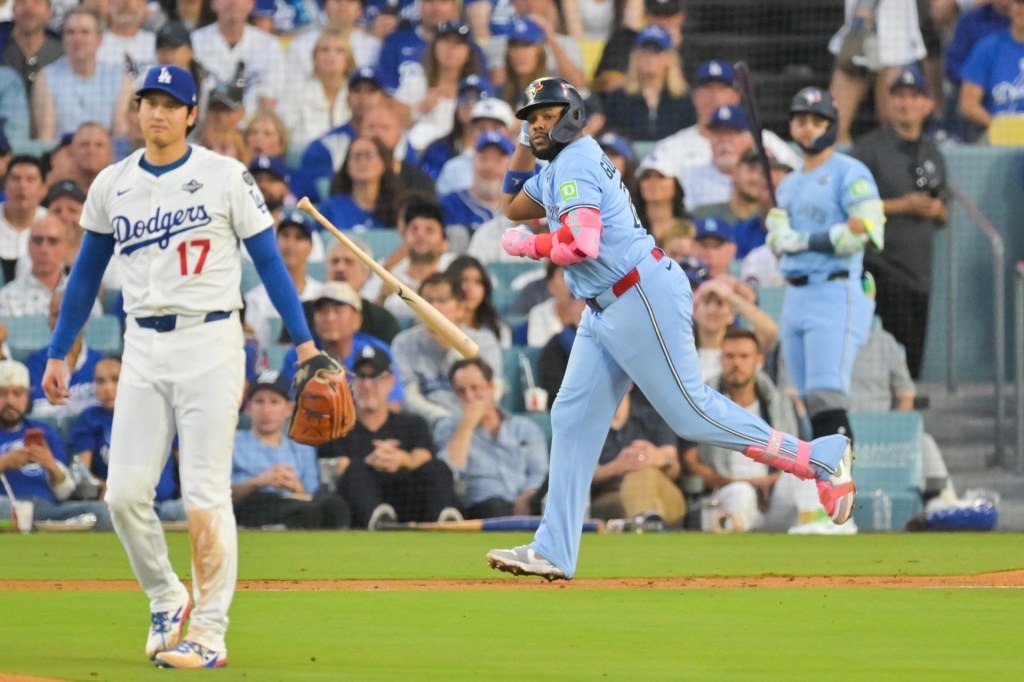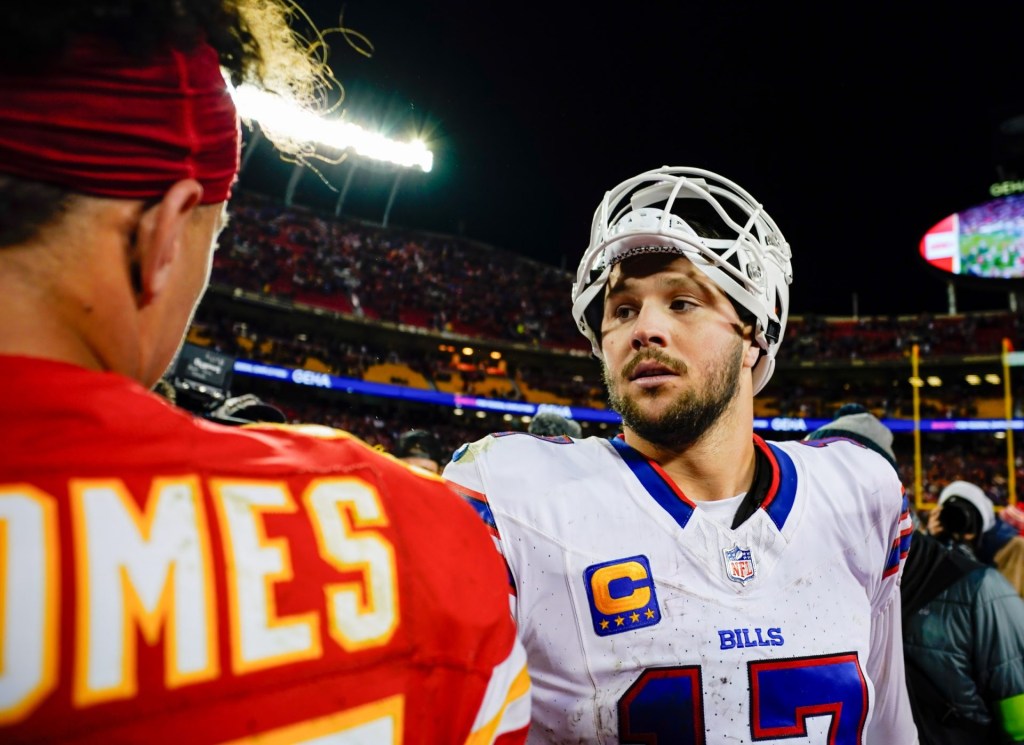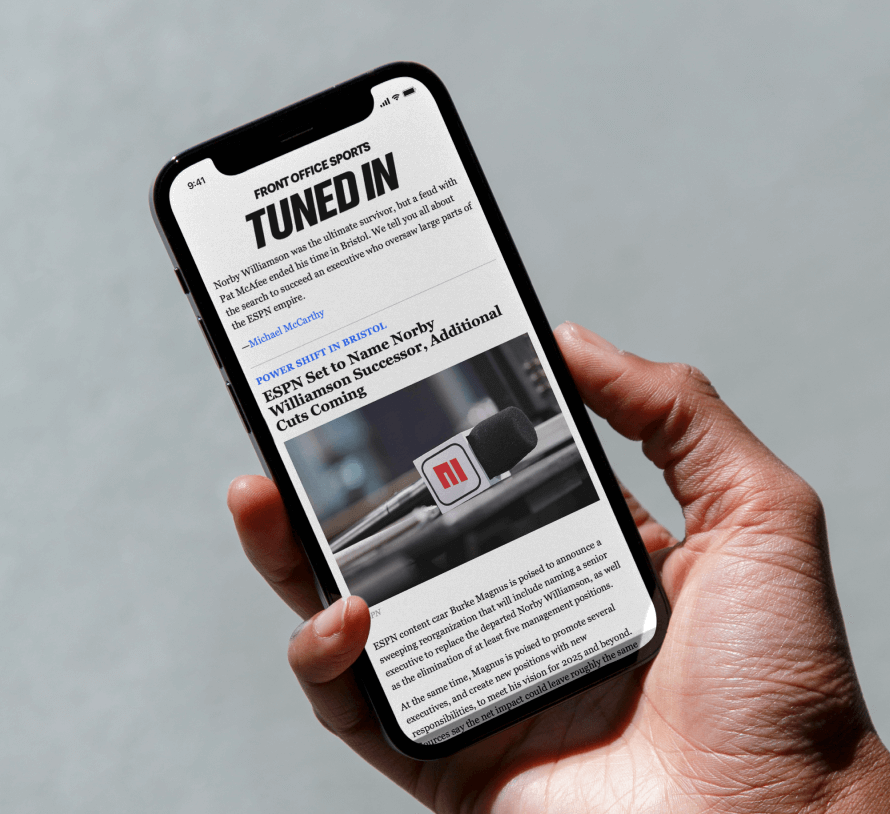Derek Jeter made waves when he founded The Players’ Tribune 11 years ago. The move earned Jeter headlines about his entrepreneurial turn, and it kick-started a slew of athlete-driven media start-ups.
Along the way, the site has survived rapidly shifting business models for internet content. The digital media start-up graveyard is full of publications that didn’t make it, like Sports on Earth, The Cauldron, The Messenger, The Classical, and many more.
The Players’ Tribune is still here—under different ownership, but in most other ways the same site that first grabbed so much attention when it debuted.
The path was not without obstacles. In 2019, Digiday published a story titled “What Went Wrong for The Players’ Tribune,” saying that the outlet “produced too little content to thrive in a crowded digital media landscape” and that “the startup also failed to keep its costs under control.” The New York Post reported that the platform was “hemorrhaging money” and Jeter was not expected to remain in the event of a “soft landing” sale.
And yet, Jeter does remain involved, even after the 2019 sale to Minute Media, which also owns the international soccer platform 90min, FanSided, Mental Floss, and a 10-year license from Authentic Brands Group to publish Sports Illustrated. Players’ Tribune videos are distributed across Minute’s other platforms. Minute raised funding at a valuation of more than $1 billion in early 2024, according to Axios.
Jeter’s original vision for the publication, Players’ Tribune editor-in-chief Sean Patrick Conboy recalls, was to break through in a “chaotic media environment” where athletes felt “misunderstood” and wanted a different filter through which to tell their own stories. At its launch, Jeter, along with Kobe Bryant, an early investor and frequent contributor to the site, stressed to the editorial team that they had a “blank page,” Conboy tells Front Office Sports. They pushed editors to go directly to athletes to find “authentic” stories instead of “imposing” narratives on them.
Earlier this year, a post by the young Turkish Real Madrid star Arda Güler, “A Letter to the Kids of My Country,” lit up The Players’ Tribune’s traffic meter. Reaction videos on social media drew substantial views across several languages.
That global reach, Conboy says, is what the publication strives for and can still achieve.
“What’s so cool about the platform is that we can tell these stories in such depth and humor and authenticity but do it in the native language of the player, and then translate it not just into English, but also specifically where he’s playing in Spain,” Conboy says. “The piece, which was, like, 6,000 words about his entire life and journey, ran in Turkish, Spanish, and English, and so you see the traffic light up all literally all over the world.”
The athlete-narrator model has also inspired enormous competition, particularly in audio/video content, as legions of athletes have launched their own podcasts.
One of the constants at Players’ Tribune has been Conboy, who has been the outlet’s editor-in-chief since its launch. He tells FOS many athletes now approach them first because they grew up reading the outlet and trust the editors to tell their stories.
Conboy says audiences still have a hunger for long-form written content. “You know people say people don’t read anymore—we can show you our stats, they will absolutely read if it’s compelling,” Conboy says. “They’ll read for 9, 10, 15, 20 minutes, and hundreds of thousands of people all around the world will consume that in the long form, but then millions of people will consume the chunks of it in the short form.”
There is not a one-size-fits-all approach to how the stories come together at the outlet. “Sometimes athletes have an idea already in mind, and they share a rough draft with us, and we sit with them to help bring it to life in edit. Other times they prefer to start with a deep conversation, sometimes over many hours, and we start with that as the raw material,” Conboy says. “The cool part of it is the collaboration, because we’ve had athletes working on edits in a Google Doc after a game during the playoffs, because their story means that much to them.”
Players’ Tribune has about 30 to 40 employees across editorial and business; the exact number is hard to pin down, as several employees work across multiple Minute Media brands. A spokesperson for Minute Media declined to share revenue numbers or specify whether Players’ Tribune is profitable as a stand-alone entity.
Jenna Klein, Players’ Tribune VP of global brand and athlete strategy, describes the core business as branded content, partnerships, and sponsored editorial. She said they’re starting to “figure out how to evolve the brand” with OTT content and licensing, such as selling IP to streamers or networks. “Over 10 years, we’re sitting on so many fantastic stories and I’m just excited to see how we can broaden those out,” says Klein, who has also been with the outlet since its launch. Including Klein and Conboy, there are 10 original employees who remain.
Klein says the site has worked with Audi and MLS on branded content over the past three years, and recently launched a new series with Billboard “showcasing the crossover of athletes and entertainers,” sponsored by T-Mobile.
Across the wider business, Jeter is still “in the loop with almost every single piece that we publish,” Klein says. “He knows our publishing calendar. I talk to him almost weekly to make sure he knows what’s going on. We bounce ideas off of him. He’s reaching out to athletes on our behalf, depending on what the subject is.”
A Minute Media spokesperson says Jeter is on the parent company’s board, but he does not take a salary.
Jeter also collaborates with Players’ Tribune on his production company Cap 2, which worked with ESPN on the eight-part docuseries The Yankees Win and worked on multiple shows for History Channel.
Players’ Tribune helped kick off a phenomenon over the past decade when athletes have taken on more control of bringing their message directly to fans, while working in alignment with media companies.
Logan Swaim, the chief content officer at The Volume—Colin Cowherd’s podcast company that has launched shows with athletes including Draymond Green, Richard Sherman, Daniel Cormier, and Sophie Cunningham—tells FOS, “It was one of the first platforms I can remember that gave athletes pure editorial control straight to the consumer. That idea evolved into one of the most successful models in the podcast industry, and certainly informed how we operate our business today.”
Kevin Jones, the founder and CEO of Blue Wire, whose athlete podcasters include Cam Newton, J.R. Smith, Dwight Howard, and Michael Irvin, says, “They’re definitely one of a few groups that helped inspire Blue Wire. … I always thought the premise was really smart. Podcasts and video are where athletes are going—less so writing these days, although their writing is really impactful—but I think they have a really strong brand. The association with Derek Jeter, even though he’s no longer running day-to-day, still gives it a lot of strength, and I think Minute Media’s a really good company with a lot of smart people there.”
Like most digital media publications, The Players’ Tribune is staring at a world where making money from video content is crucial. Everyone has had to adapt to constant changes, not just in which social platforms are in vogue but also in what content the dominating platforms’ algorithms bless with eyeballs.
“A few weeks before we launched, Snapchat was kind of the new thing in media and everyone was wondering what it meant,” Conboy says. “Now here we are, how many cycles of Snapchat have we been through? How many cycles of Facebook, Instagram, and now Twitter/X? So much has changed in terms of the delivery mechanisms of what we’re doing, but the core of what we’re doing is exactly the same as 2014. That’s probably why we’re still here.”
Editors’ note: Ryan Glasspiegel worked for Minute Media for about a year after it acquired The Big Lead from USA Today.
